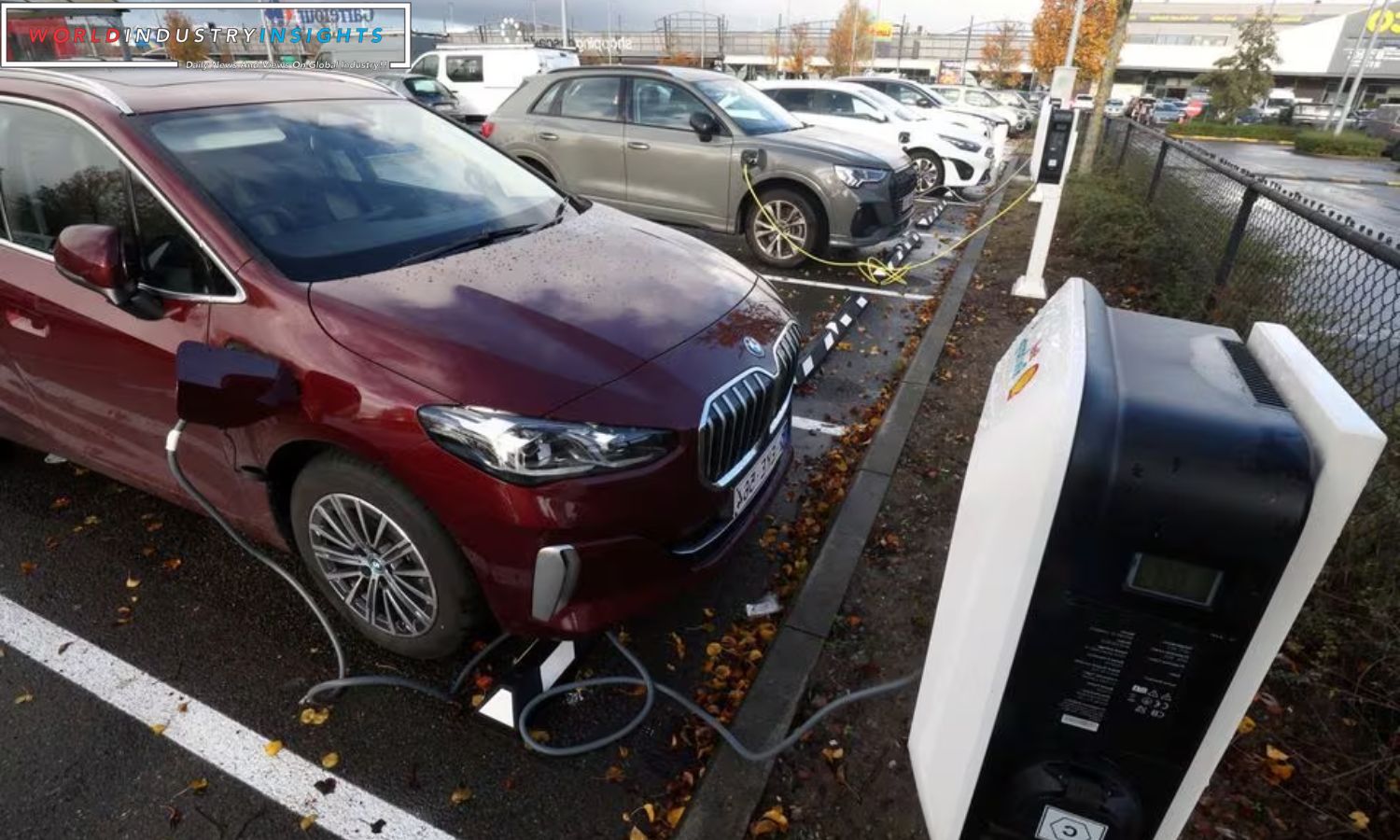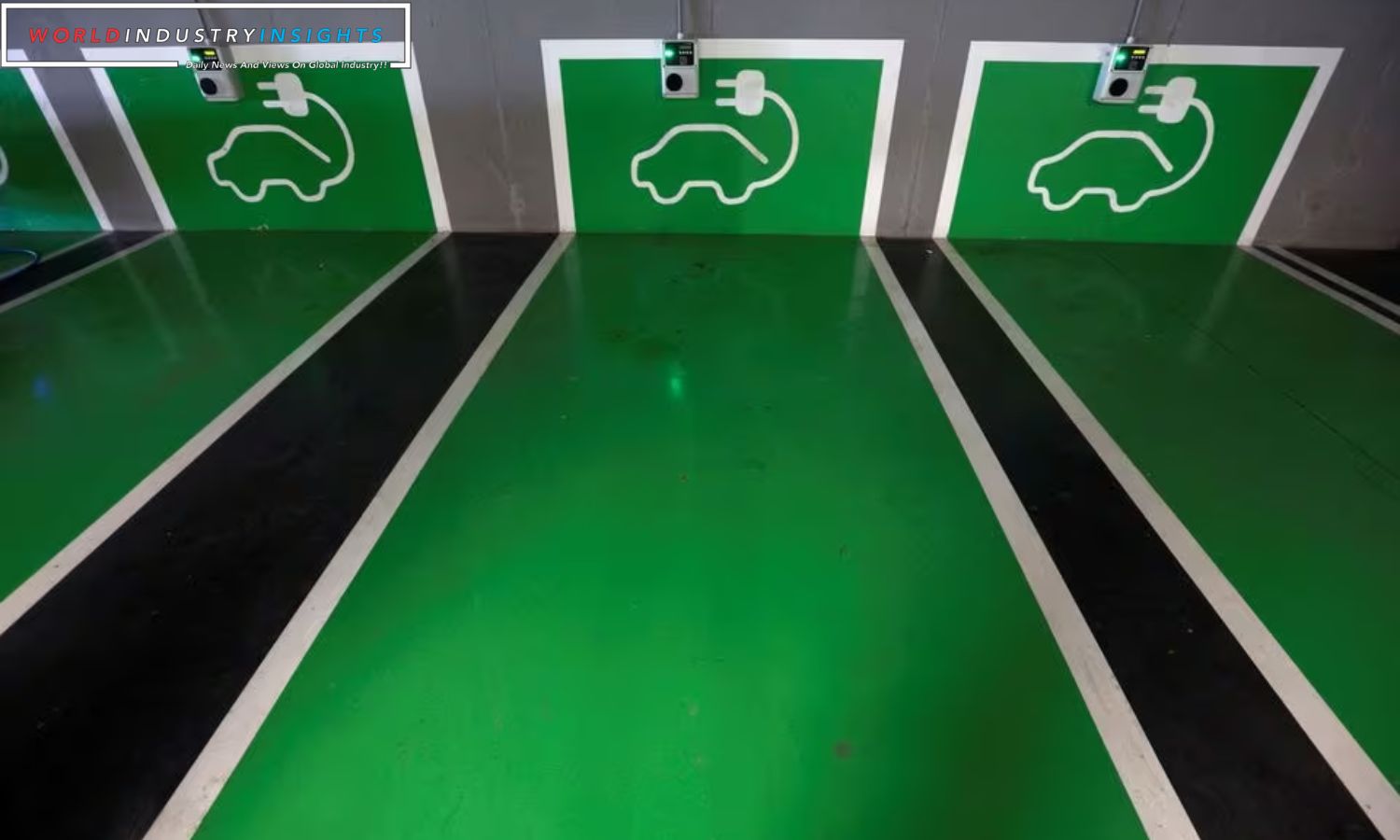EU Charging Stations Hit: Electric vehicle (EV) drivers banking on Repsol’s 1,600 Spanish charging stations might be in for disappointment, as almost half are inactive due to power connection issues. While the European Commission has announced plans to upgrade power grids, red tape is escalating, impeding the EU’s shift to greener transport. Permitting, a major bottleneck, varies widely across countries, with bureaucratic hurdles causing delays, from tree protection rules in Germany to prolonged noise evaluations.
The Commission acknowledges permitting challenges but hasn’t proposed concrete tools, leaving the rollout of charging hubs hampered. The time to set up a fast EV station has soared from an average of six months to two years, slowing the achievement of EU targets to phase out fossil-fuel vehicles. The electrification of transport is crucial for the EU’s 2050 carbon neutrality goal, but regulatory complexities threaten progress. EV charging station developers face challenges obtaining basic data and struggle with slow responses from power distribution companies.
Also Read: Volvo Drives the Future: Bidirectional Charging for Smart Energy Grids
Despite low EV adoption, the EU aims to install fast chargers every 60 km by 2030. However, the lack of standardization in requirements for charging hubs poses a hindrance. The surge in demand has created bottlenecks for unprepared power companies and regulators. The EU’s targets may be met but might not suffice for the growing EV fleet. Standardization and streamlined permitting processes are essential for overcoming obstacles and ensuring a smoother transition to cleaner transportation.
The push for EV adoption faces hurdles, underscoring the need for collaborative efforts to simplify regulatory processes and accelerate the development of charging infrastructure. The challenge lies not only in meeting targets but in building a resilient and efficient charging network capable of supporting the evolving landscape of electric mobility.
Our Reader’s Queries
Why are so many EV chargers broken?
Internal station faults/errors were found to be the second most common reason for failed charges, accounting for 38% of cases according to EV Connect. This category encompasses a variety of issues, such as defective cables, power converters, software malfunctions between chargers and EVs, or even problems with the utility equipment.
Who has the most EV charging stations in Europe?
The Netherlands boasts an impressive 75,000 electric car charging stations, making it the leader in this category across the entire EU. This number accounts for almost one-third of the total charging facilities available in the region.
How many charging stations are there in the UK?
As of December 2023, the UK had a whopping 53,906 electric vehicle charging points spread across 31,056 locations. This marks a significant 45% increase in the total number of charging devices since December 2022. In the last month alone, the Zapmap database recorded 877 net new EV charging devices.
How many chargers are there in Plugsurfing?
Plugsurfing is dedicated to providing you with convenient and reliable EV charging options wherever you go. Our charging network is the foundation of our service, and we’ve partnered with over 500 international and local operators to give you access to more than 550,000 charge points across 27 European countries. With Plugsurfing, you can charge your EV with ease and confidence, knowing that we’ve got you covered.


